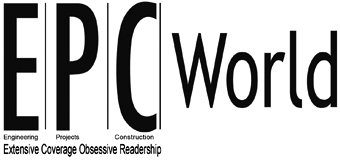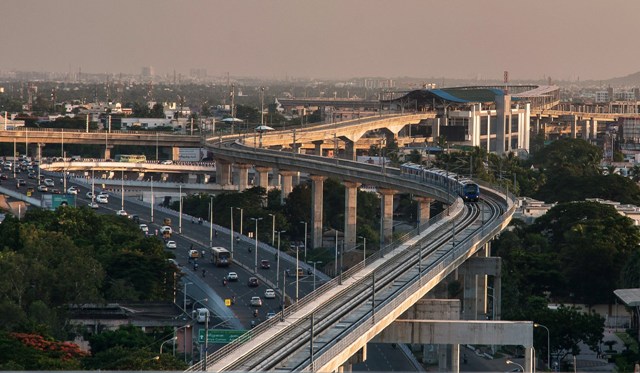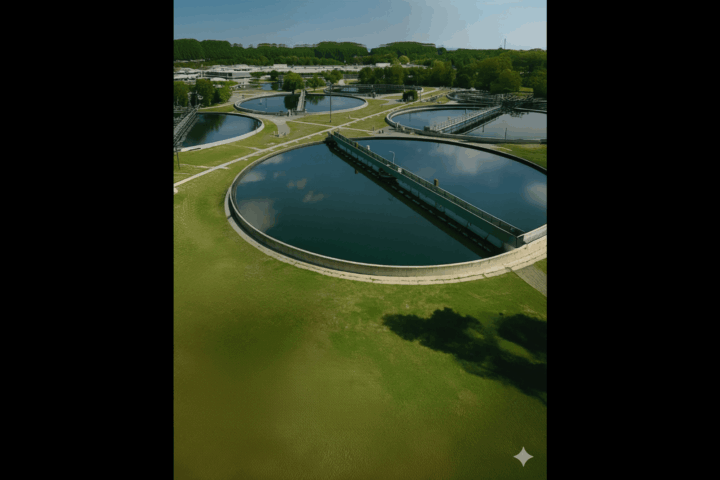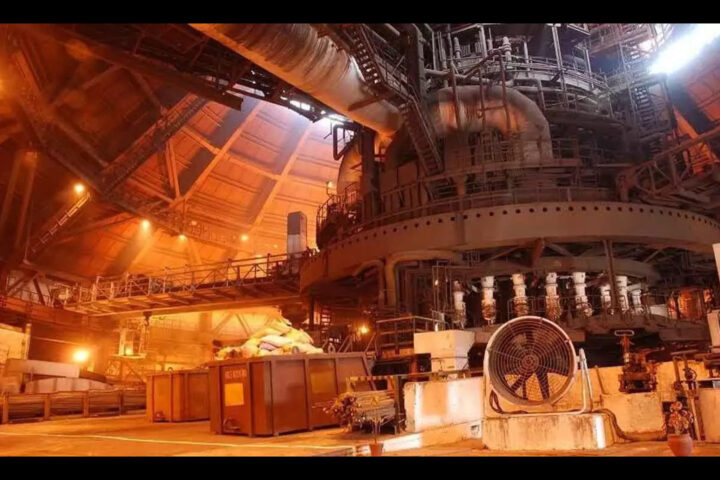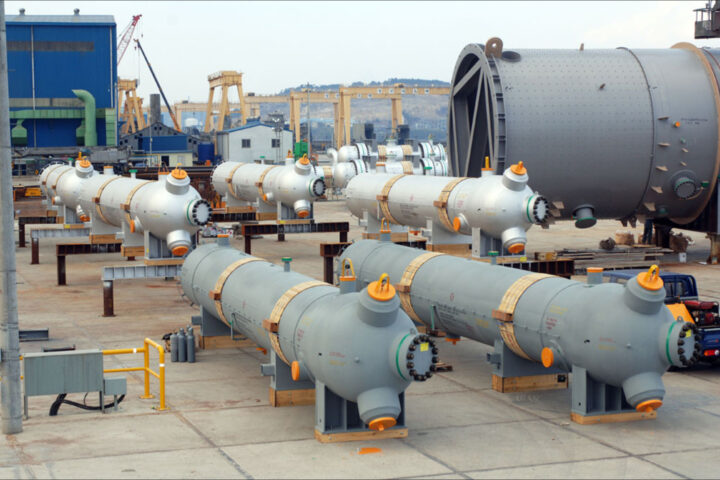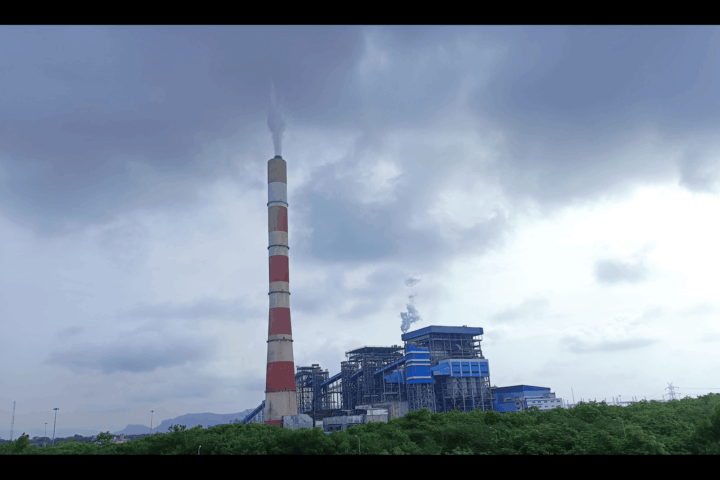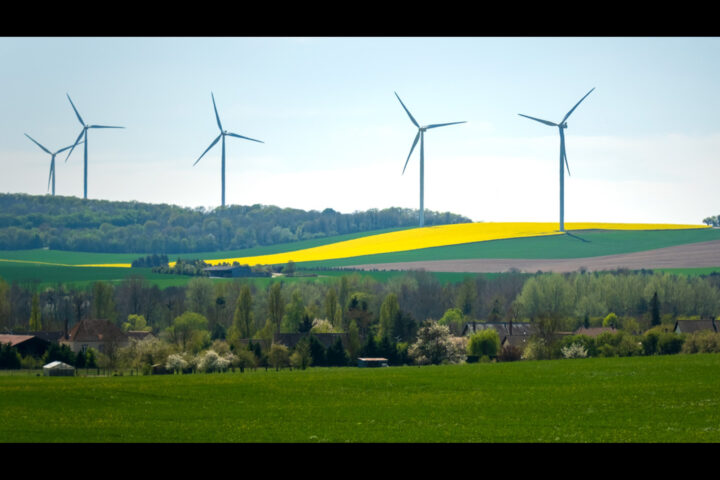The availability of high-quality infrastructure and the overcoming of India's infrastructure deficit is crucial to attaining and sustaining rapid growth that generates the right kinds of jobs. – Vijay Kelkar Committee (2015)
Mission Focus: Growth and Jobs
The Indian economy is poised to grow at over 7 percent in the coming years, placing it amongst the world’s fastest growing economies. In terms of Gross Domestic Product, the economy ranks seventh in the world, with analysts predicting that India will leapfrog the United Kingdom and Japan to fifth place by 2025. However, there have been some headwinds in this growth story, with the rate of growth slowing in recent quarters, and unemployment proving a wicked issue. Acknowledging the urgency of these concerns, the newly elected government has constituted two new cabinet committees – the Cabinet Committee on Investment and Growth and the Cabinet Committee on Employment and Skill Development.
In this regard, policymakers should assign infrastructure – described by NITI Aayog in its ‘Strategy for New India @ 75’ as ‘the physical foundations of growth’ – a prominent role in addressing the twin problems of accelerating growth and generating employment. Development of infrastructure is imperative for any developing economy for its transition, as it functions as a catalyst of growth for other sectors and also furthers the socio-economic development of a nation. Indeed, infrastructure has long (and correctly) been viewed as a means of energising and sustaining economic growth, generating employment, and fostering holistic development. Unlike other sectors, the demand-supply gap cannot be bridged by increasing imports, but only through capacity-building. It is this unique feature which makes infrastructure the backbone of any nation’s development and quality of life.
Effective Policy and Regulatory Mechanisms
Key to efficient roll-out of infrastructure is the development of an effective legal and regulatory framework. Such a framework has to be tailored to the needs and maturity of the relevant sector, such that it ensures effective oversight while not unduly hampering or restricting development. For example, pervasive regulation is perhaps better suited to established and highly technical sectors like electricity, while a more light-touch approach may be considered for emerging sectors such as logistics orinland waterways.
Infrastructure contracts are ordinarily long-term contracts. Accordingly, the framework should be founded on sound and predictable policy which creates confidence in the minds of investors to enter the long-haul game of infrastructure development. For example, ambiguities in the timeframe and scope of applicability of state-level renewable energy policies (and, thereby, the availability of incentives thereunder) have been perceived by investors as creating an atmosphere of uncertainty, thereby discouraging investment in the sector.
In particular, given that liberalisation has led to an increased role for the private sector in infrastructure creation – hitherto largely the domain of the public sector – the regulatory framework should consider independent and expert oversight on matters relating to increasing investment by permitting new entities to provide ready and cheaper capital, enhancing investor confidence by providing entry / exit flexibility, prescribing performance standards informed by international best-practices, renegotiation in light of changed circumstances, and easy and streamlined resolution of disputes. Such a dispensation would be effective in ensuring against potential conflicts of interest, and creating a level-playing field. For example, this issue has been of particular concern in the rail sector, where Indian Railways wears the dual hats of regulator as well as market participant.
Public-Private Partnerships
In its 2015 report on ‘Revisiting and Revitalising Public Private Partnership Model of Infrastructure’, the Vijay Kelkar Committee observed that public private partnerships
“ have the potential to execute infrastructure projects both faster and better … There is immense urgency in raising the quality and quantum of PPPs in India's infrastructure portfolio as part of its overall efforts to reduce its infrastructure deficit.”
The investment requirements for a robust infrastructure set up are immense. The Economic Survey for 2017-18 highlighted that “around US$ 4.5-trillion worth of investments is required by India till 2040 to develop infrastructure … The cumulative figure for India’s infrastructure investment gap would be around US$ 526 billion by 2040… The need of the hour is to fill the infrastructure investment gap by financing from private investment.” Thus, public private partnerships are an imperative if India is expected to raise the finances needed to deploy requisite infrastructure.
However, for public-private partnerships to be successful, along-side the regulatory reforms outlined above, it is imperative that the government defines a vision for driving the sector forward in a manner that adequately balances the interests of the government, consumers and investors and adequately harnesses potential. Added to this is the need to develop a shelf of bankable projects that can be rolled out – experience has shown that investors are wary of wading into projects that appear financial unviable.Additionally, based on experience from the past decade of public private partnerships, the following are also important to ensure the success of public private partnerships:
• Ensuring timely grant of approvals and clearances to avoid unnecessary and costly delays in implementation. In this regard, it may be considered to ensure right of way is given upfront as such access is often a prerequisite for obtaining approval – many projects, public and private alike, continue to face challenges owing to delays in land availability;
• Allowing for smooth and timely divestment by investors (ie, by removing onerous lock-in restrictions, especially post-commissioning), more so when the nature of private investors is also diversifying;
• Allocating risks over the project lifecycle to the party best equipped to handle the same (rather than unduly burdening any one party with the risks);
• Building adequate safeguards and mechanisms for renegotiating costs/ tariffs owing to unforeseen events; and
• Facilitating timely and efficacious resolution of disputes, with in-built timeframes for various stages in the proceedings.
Technology & Renewables
It is trite wisdom to tout the rapid pace at which technology is developing and transforming everyday lives. While we are everyday witnesses to some of these developments –app-based mobility, fast-tags, electric vehicles, metro railways, etc, – other technological advancements are less visible to the public eye or are still in the nascent stages of uptake – smart grids, battery-storage technology, hyperloop, high-speed rail, pods, etc.
Additionally, India’s commitments for emissions-reduction and renewables deployment under the Paris Agreement contemplate reducing the emissions intensity of its Gross Domestic Product by 33-35 percent by 2030 from the 2005-level and achieving approximately 40 percent cumulative power installed capacity from non-fossil fuel-based energy resources by 2030.
In this regard, it becomes all the more imperative that infrastructure roll-out is underscored by a robust commitment to sustainability, technological upgradation and renewables integration. Ensuring such commitments are adhered to will require a judicious mix of regulatory enforcement (eg, the installation of flue-gas desulphurisation plants in thermal generation stations), market-driven development (eg, the drop in renewable tariffs pursuant to competitive procurement of green power), output-based contracting (eg, concession agreements with emphasis on green Key Performance Indicators, or the integration of transit-oriented development principles in infrastructure concessions), and evolving the public procurement paradigm (eg, allowing development of new and novel technologies on a sole-sourcing / Swiss Challenge mode or through quality-cum-cost based selection).
Robust Regulatory Reform
India has already repositioned itself favourably on the latest Ease of Doing Business rankings published by the World Bank – India leapt 23 places to rank 77 out of 190 countries. This improvement hascome as a timely endorsement of recent reforms, which include the new insolvency regime, designation of special courts for commercial matters, amendments to the arbitration laws, and steps to ease inflows of Foreign Direct Investment.
While infrastructure is key to unlocking economic potential, turning this key in the keyhole will require a carefully thought out approach – be it through defining new categories of investors or revisiting extant models and structures – that evolves and adapts to address both the growing body of sectoral experience as well as new circumstances that may redefine the market. In the ultimate analysis, a continued appetite for effective and timely reforms coupled with bespoke sector specific initiatives will serve as a firm foundation for ensuring that the infrastructure sector is fullyrealised as the lynchpin of India’s unfolding growth and job-creation story.
Ashish Suman, Partner; and Kartikeya G S, Principal Associate, J. Sagar Associates

